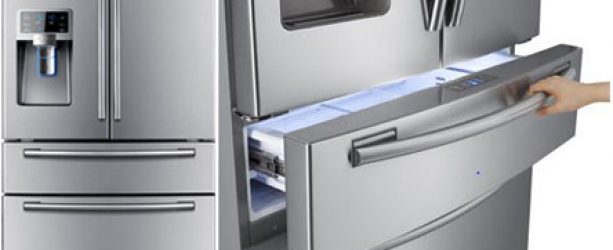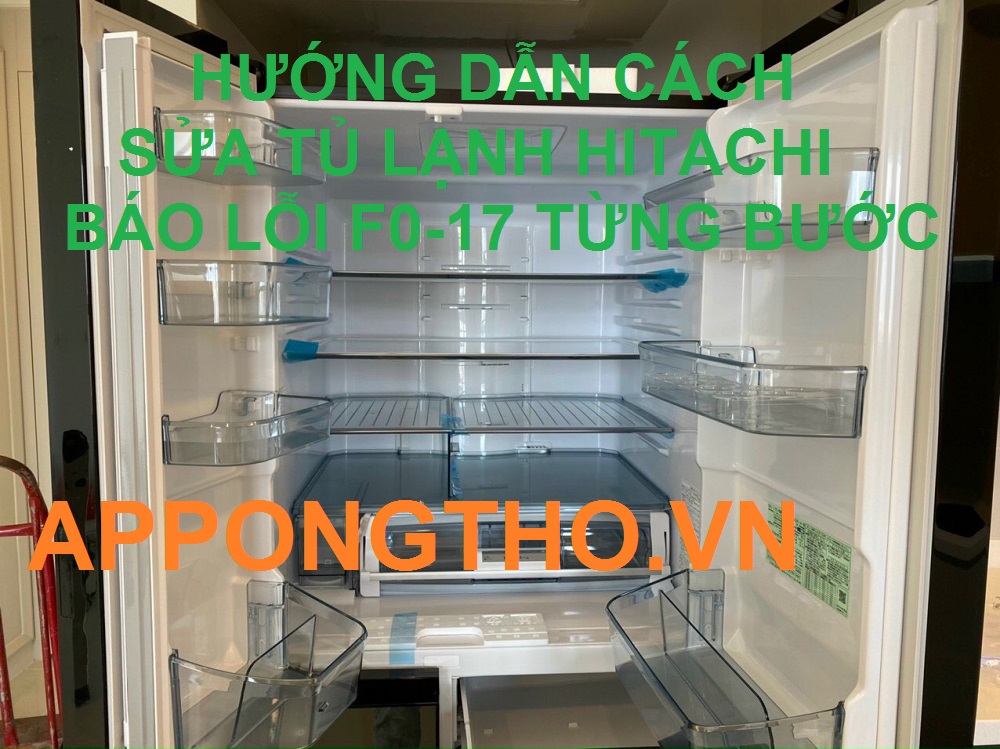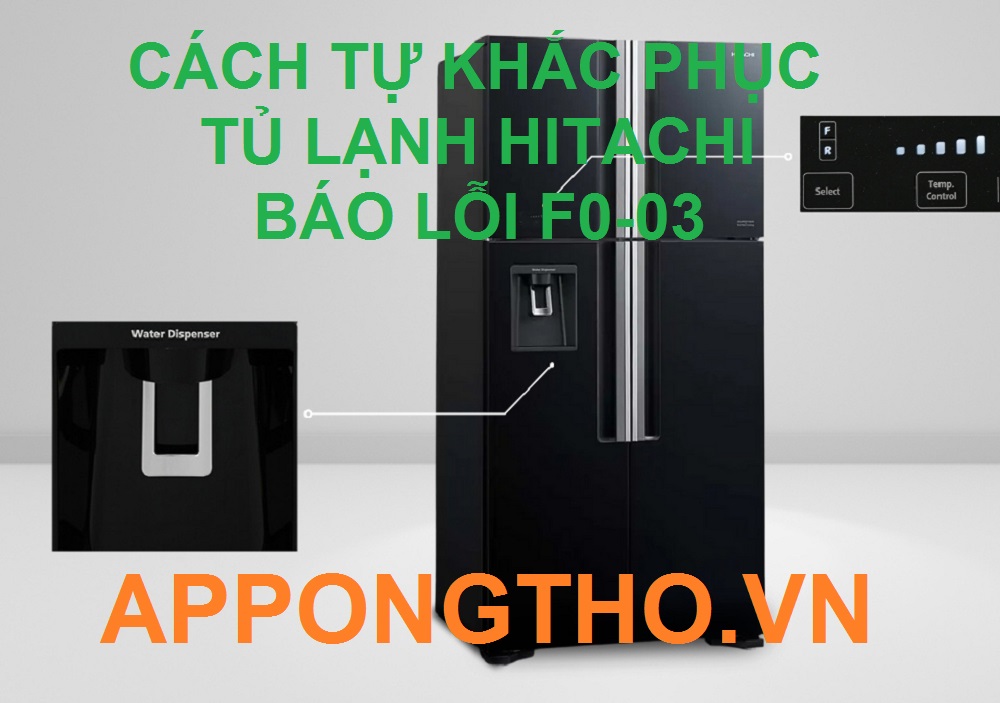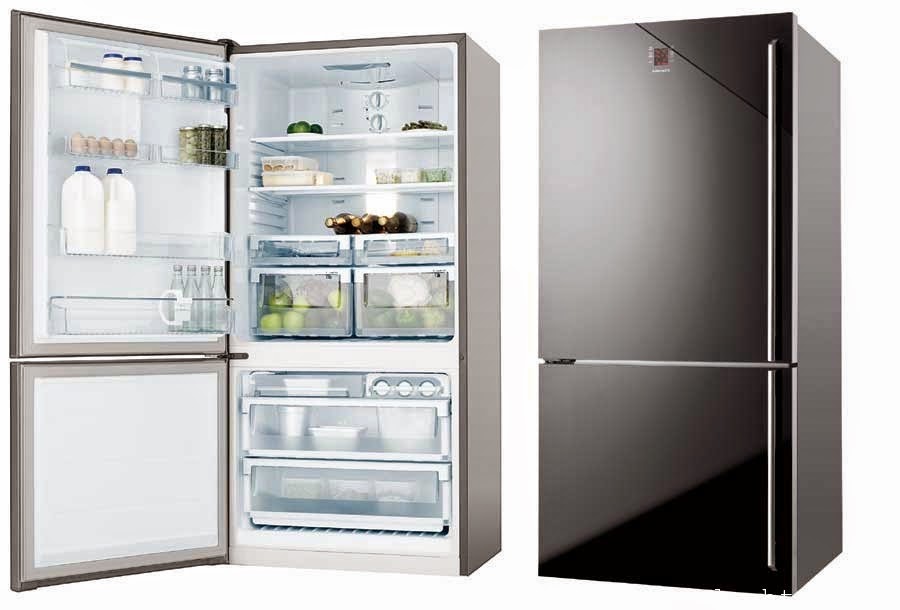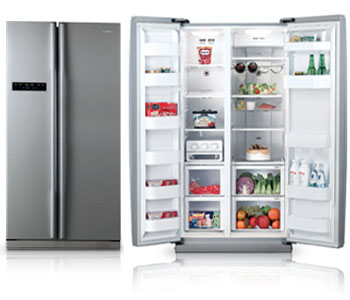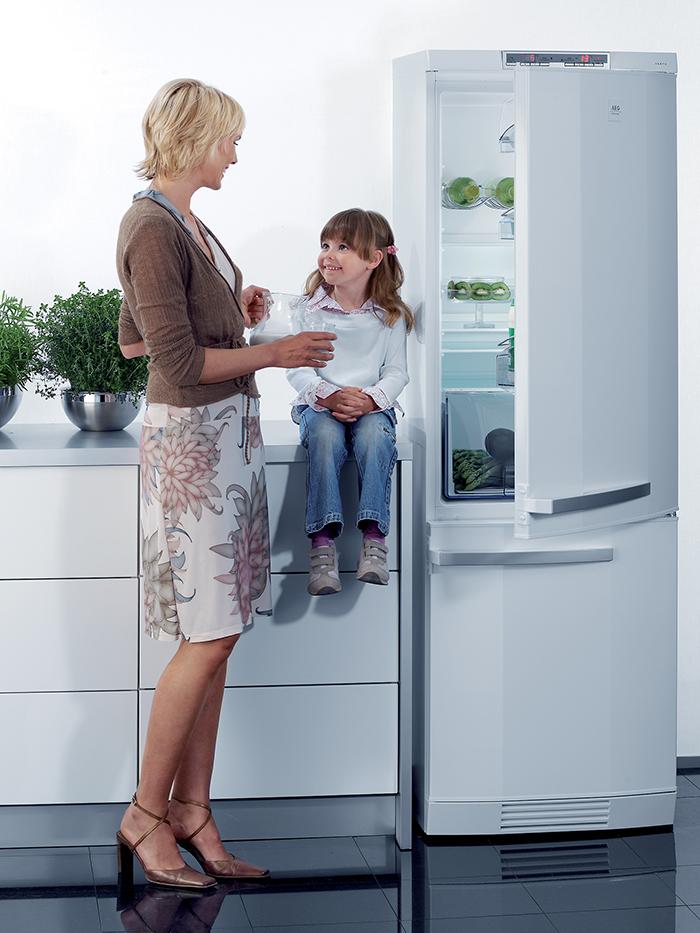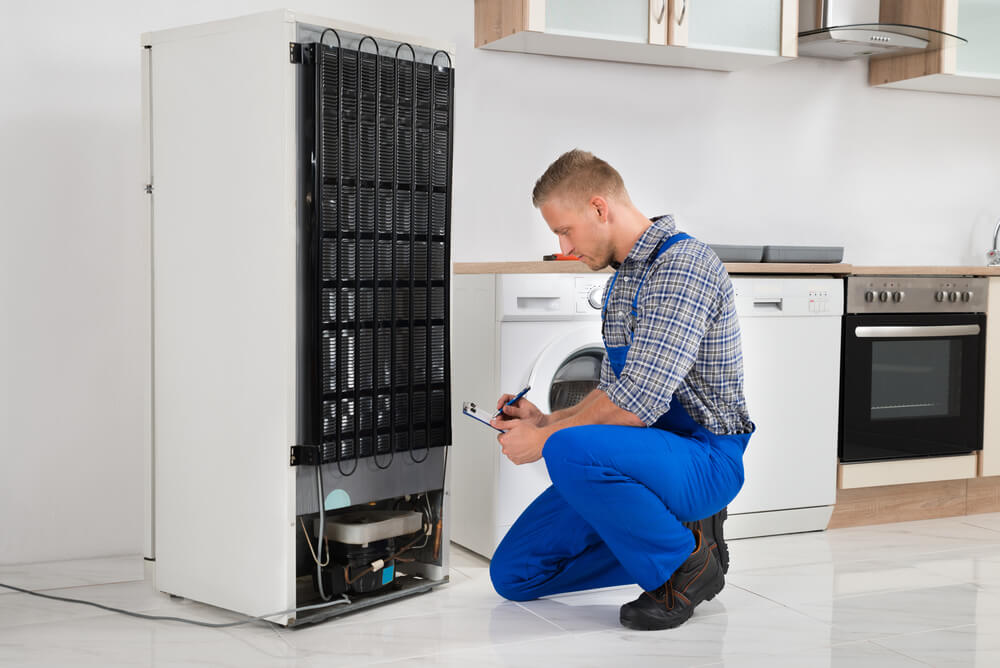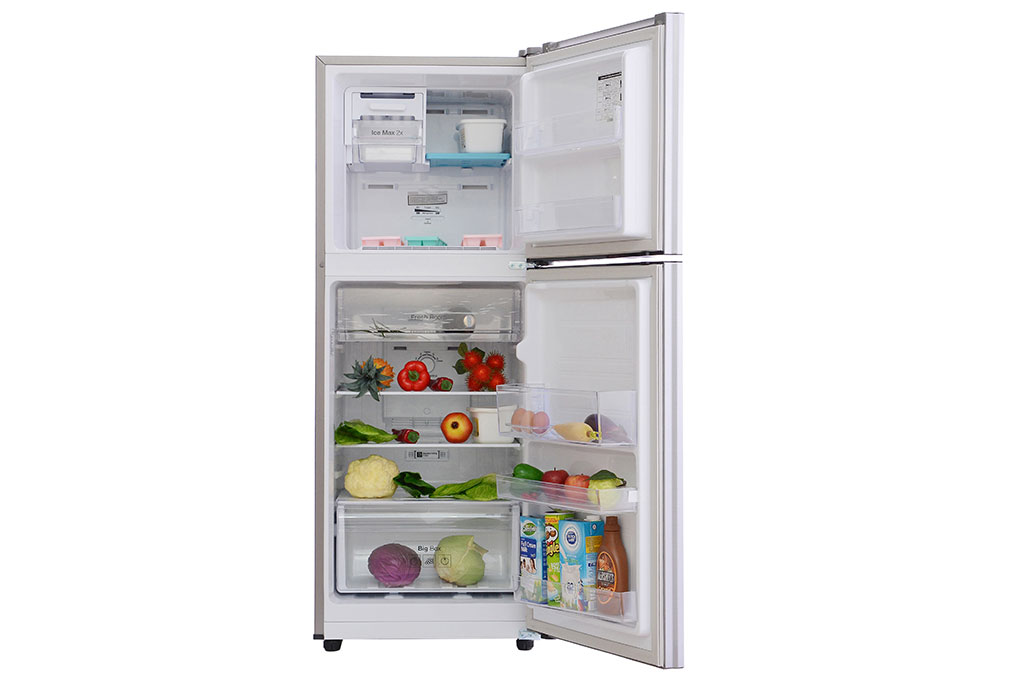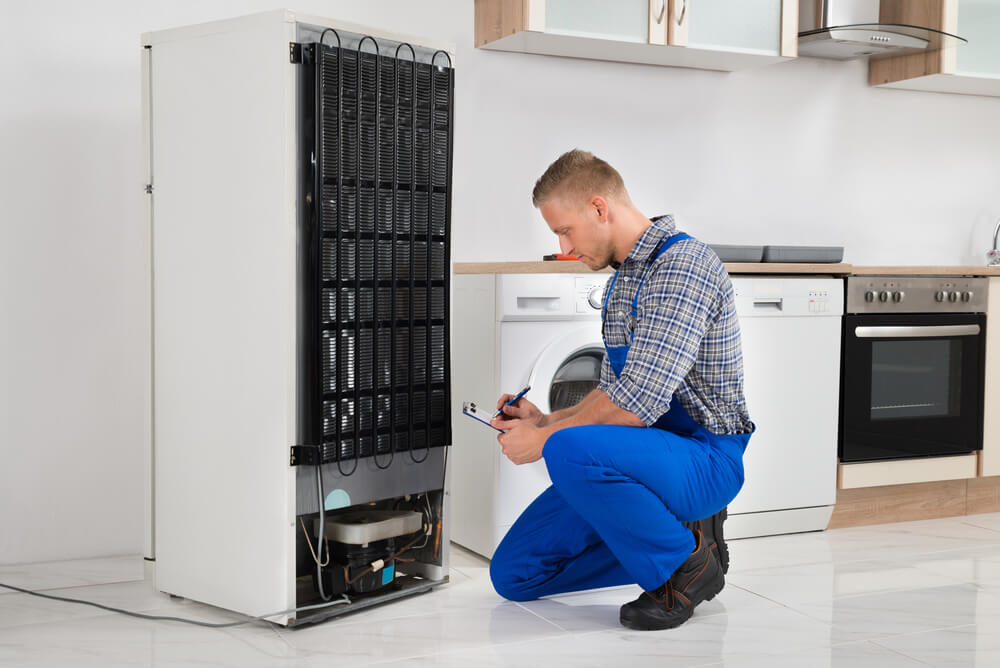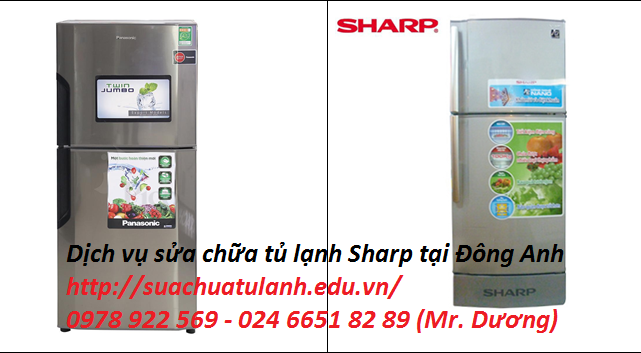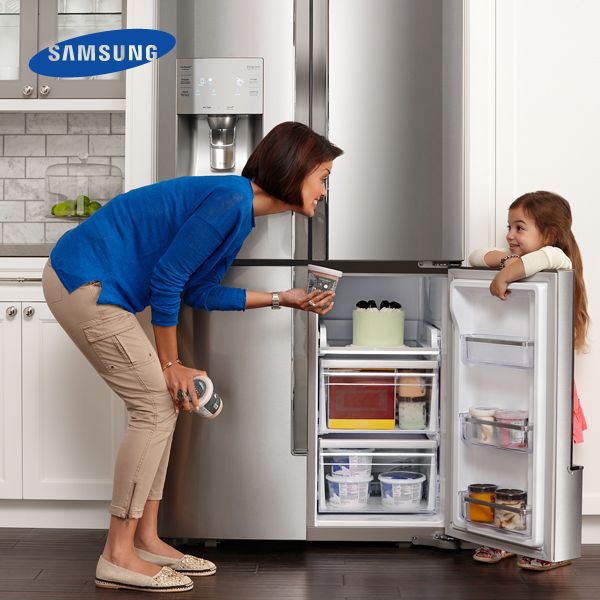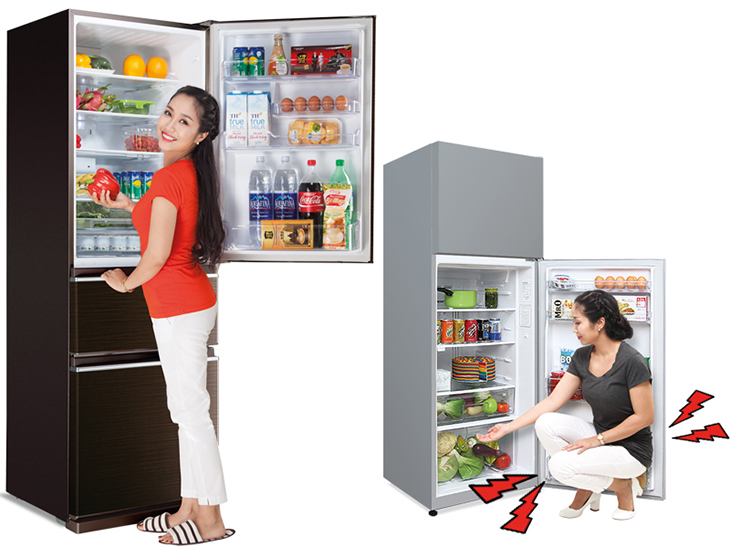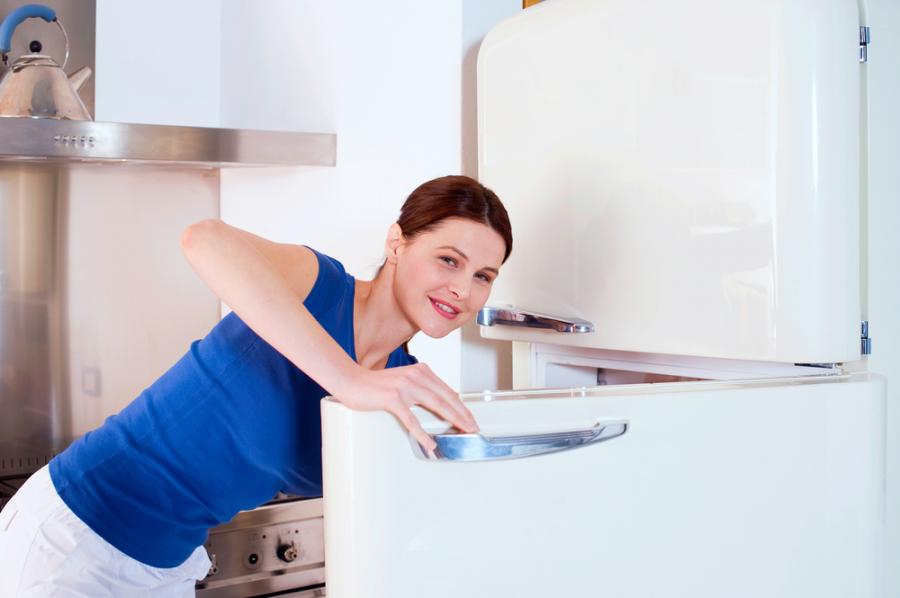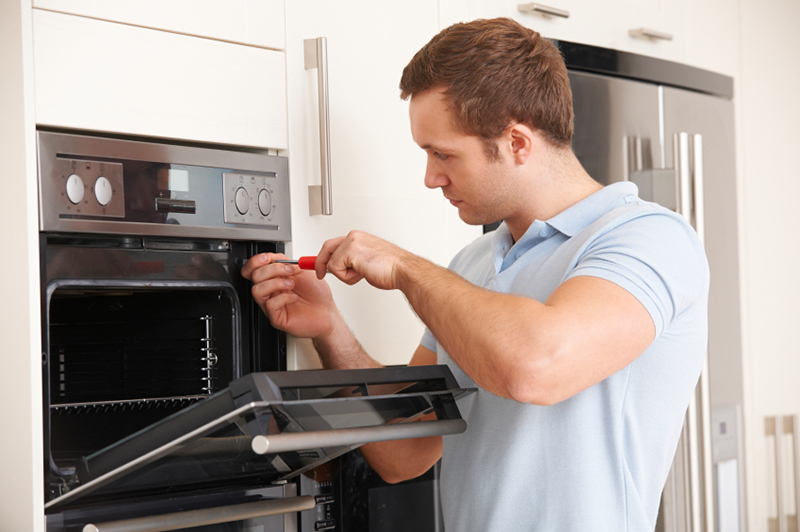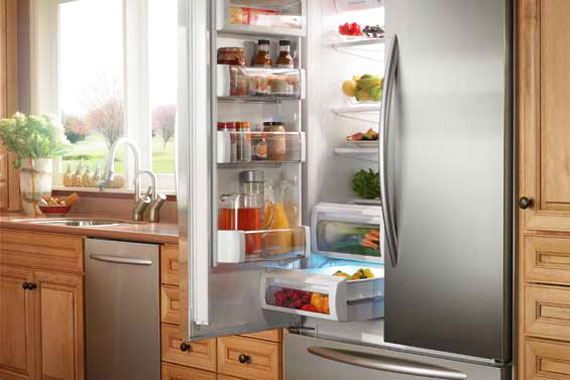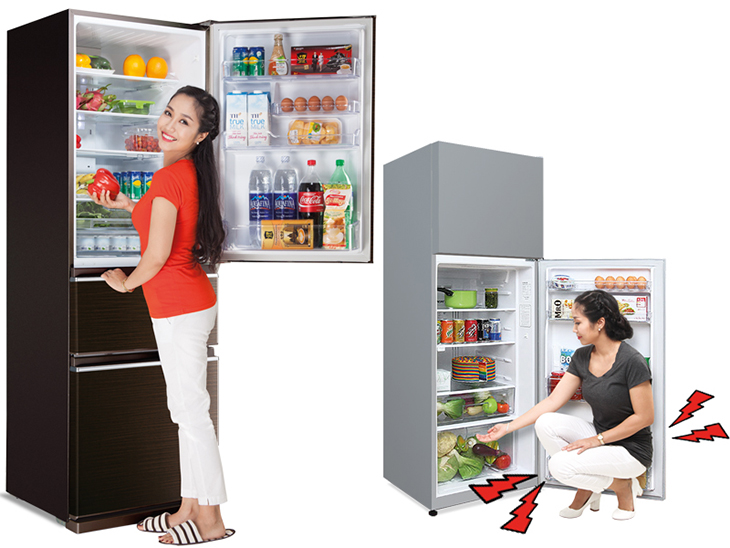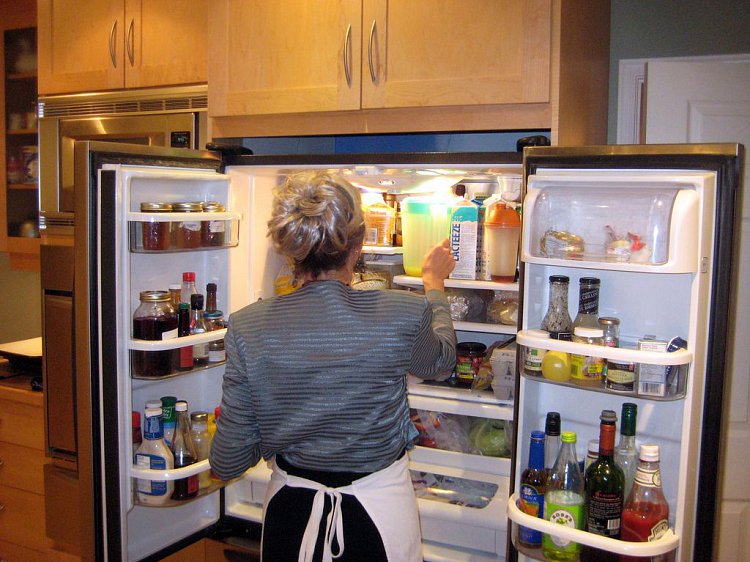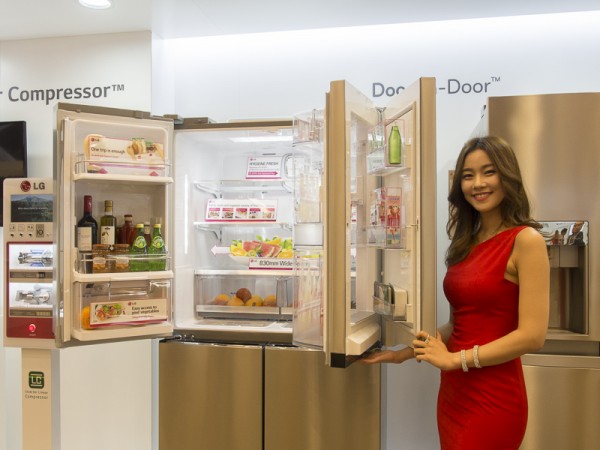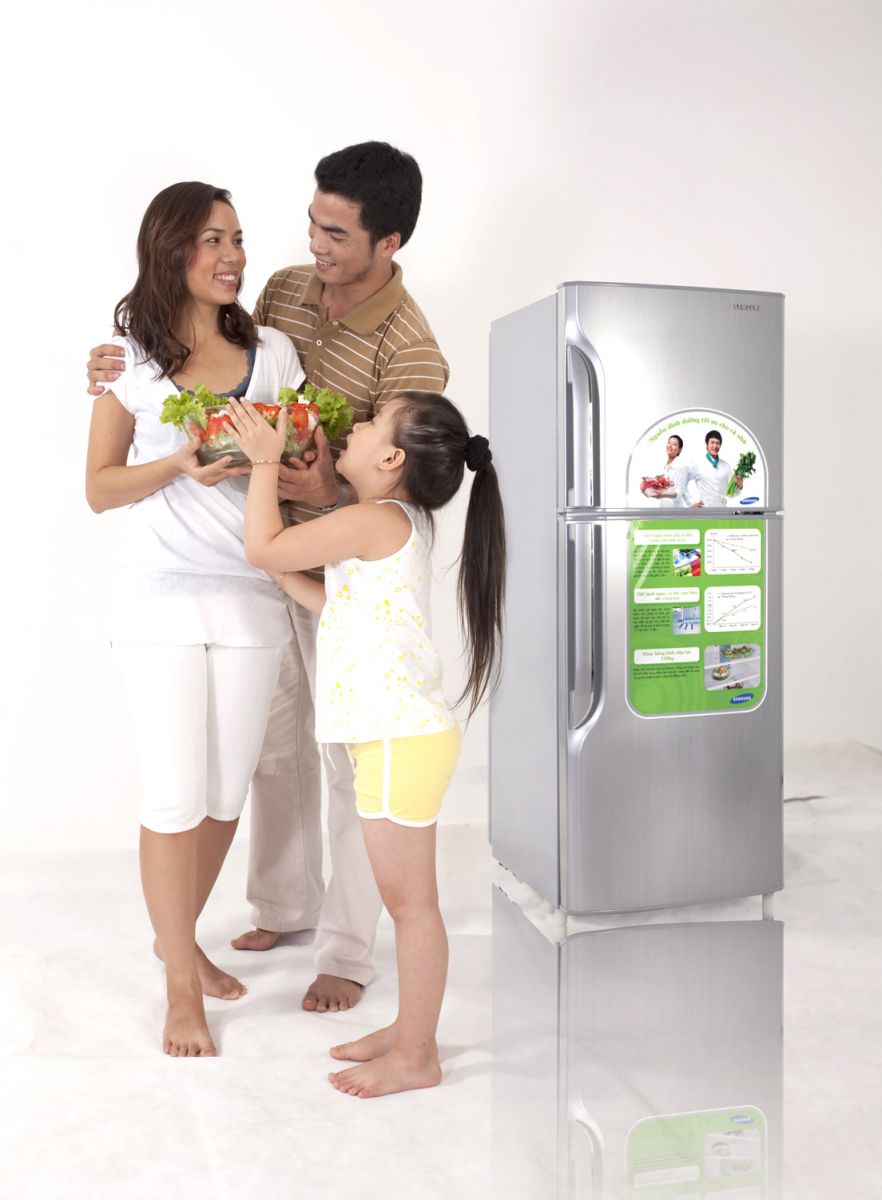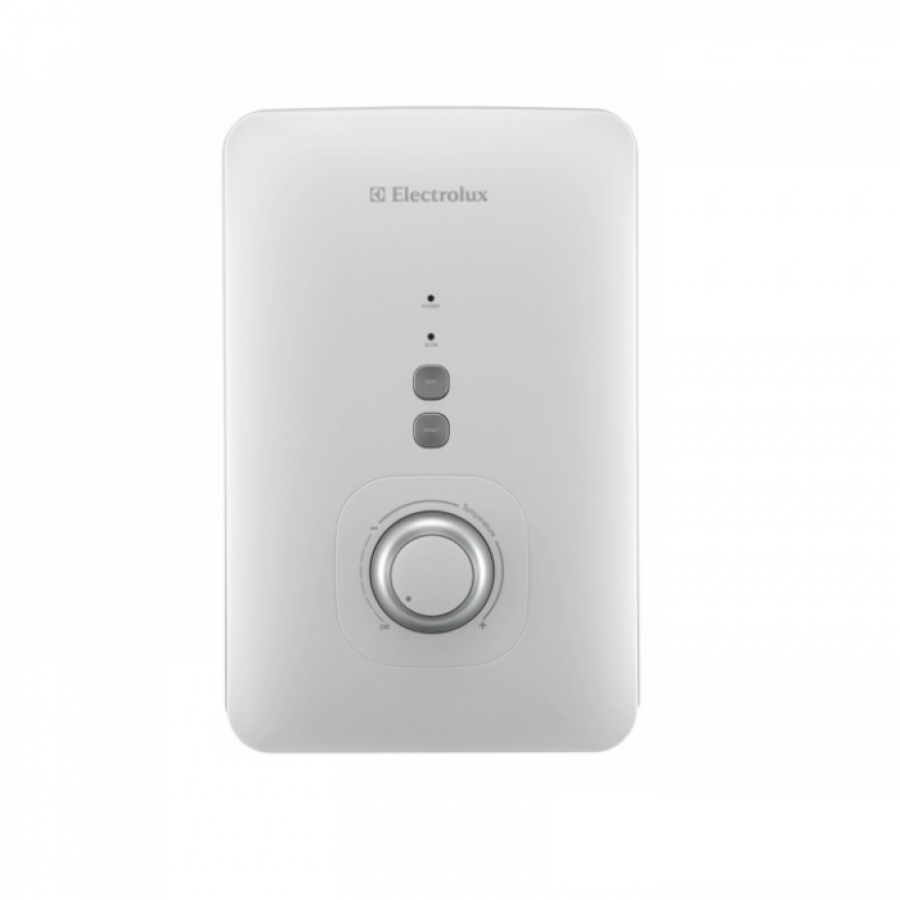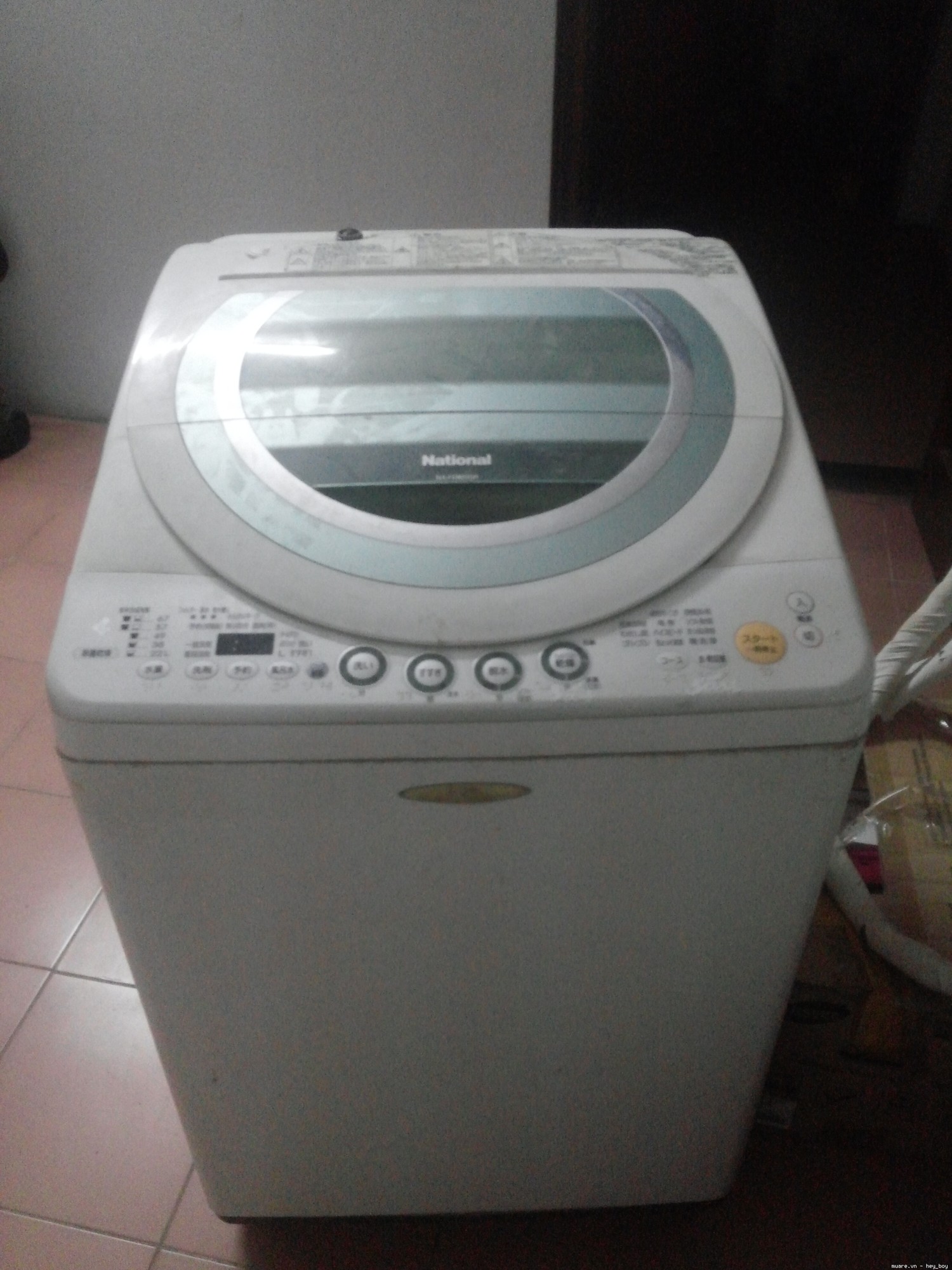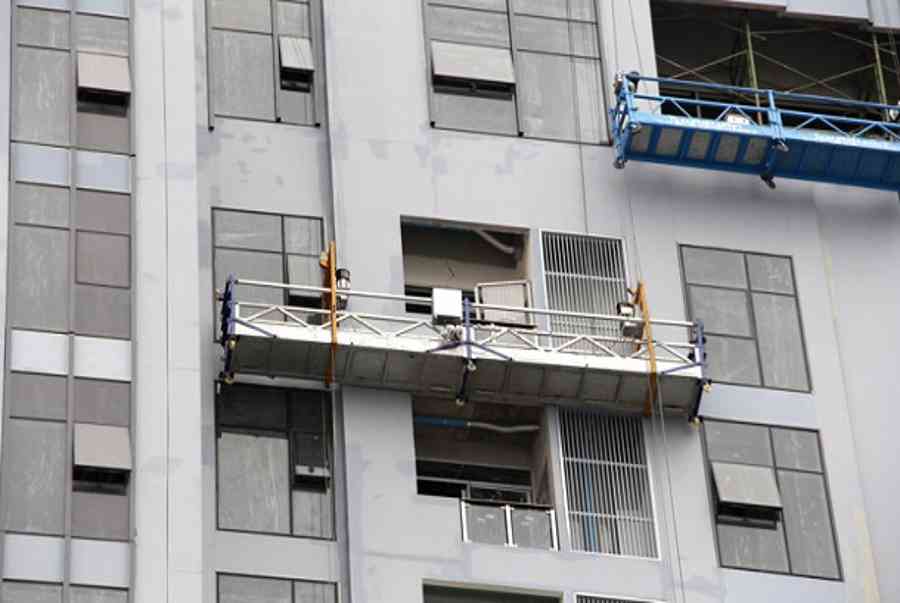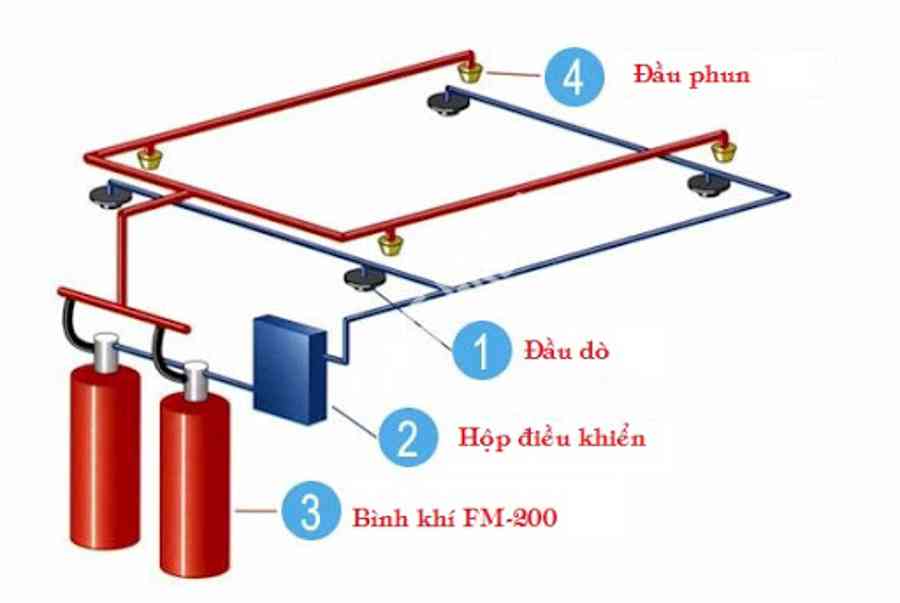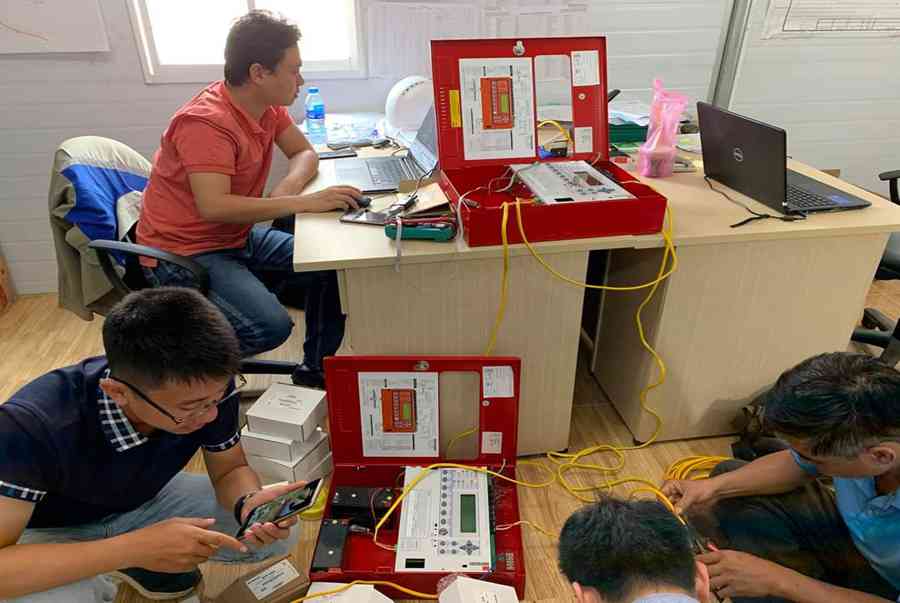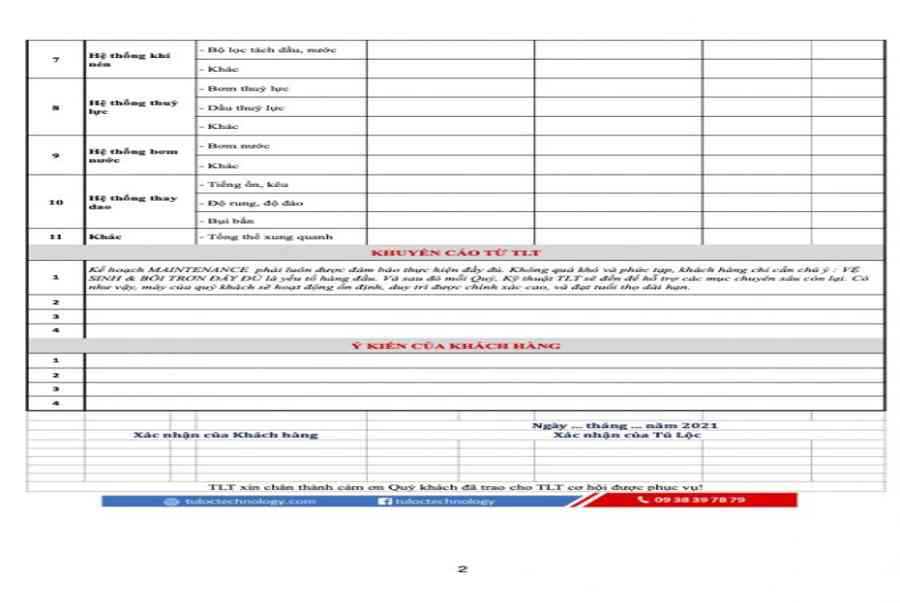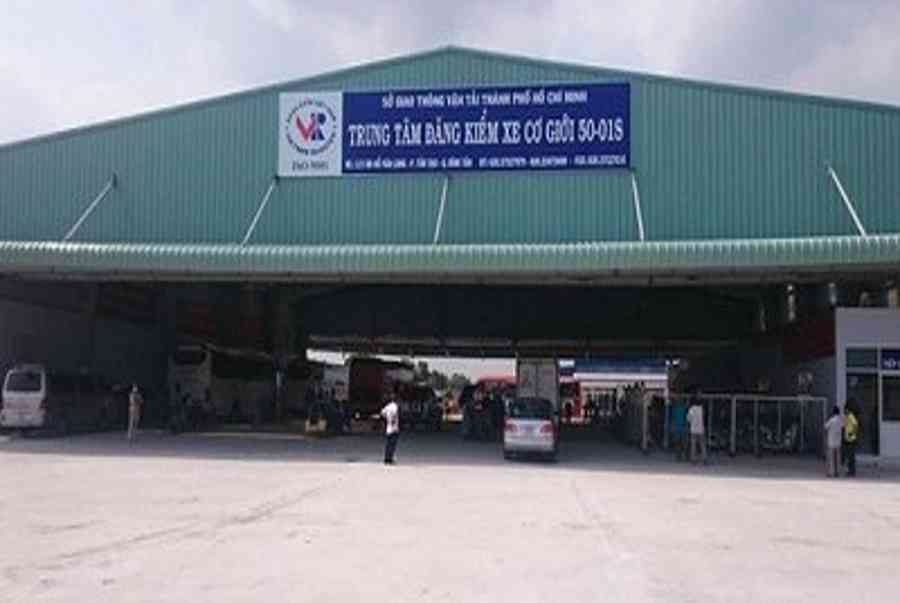Fagor Rapid Xpress 6 manual
Page: 1
10
I GENERAL DESCRIPTION
III HOW TO USE THE
PRESSURE COOKER
1. Pressure cooker pan
2. Lid
3. Lower or pan handle
4. Upper or lid handle
5. Rear pan handle
6. Working valve (Pressure selector)
7. Button
8. Gasket
9. Safety valve
10. Thermal diffusion plate
11. Pressure indicator
1. OPENING THE PRESSURE COOKER:
Move the button back and turn the lid to the
right.
2.FILLING the pressure cooker:
» Never fill the pan to more than 2/3 of its
capacity
» Always fill with a minimum amount of liquid,
200 ml.
Check that the vapour outlets are clean and free from
obstructions. (Fig.8,9).
Capacity Ø Diffuser
4-6 Lts
8-9,5 Lts
18 cm
21 cm
» Read all the instructions.
» Keep a strict watch if the pressure cooker is
used near children.
» Do not place the pressure cooker in a hot
oven.
» Be extremely careful when moving your pres-
sure cooker. Do not touch hot surfaces. Use
handles and lid pommel. If necessary use
gloves.
» Do not use the pressure cooker for anything
other than its intended purpose. Never force
the pressure cooker open. Ensure that the in-
side pressure has dropped completely.
» After cooking meat whose skin may swell un-
der pressure (e.G. Ox tongue), do not prick the
meat while the skin remains swollen as it may
scald.
» Always shake the pan gently before opening
when cooking doughy substances to avoid
spattering.
» Never use the pressure cooker to fry with oil
under pressure.
» Do not interfere with the safety systems except
as described in the maintenance instructions in
this users’ manual.
» Use only original spare parts for the corre-
sponding model.
» Never use abrasive detergents.
II BASIC SAFETY
PRECAUTIONS
» Use a suitable size hotplate or gas burner equal
to, or smaller than, the pan base. Overheating
may blacken the stainless steel or result in
brown or blue stains. These stains will disap-
pear with normal cleaning.
» Never use the pressure cooker without first
adding water as this could seriously damage
your appliance.
» This appliance cooks food under high pressure.
Incorrect use may result in burns. Ensure that
the cooker is properly closed before heating.
See section “how to use the pressure cooker”.
» Never fill the pan to more than 2/3 of its capac-
ity. When cooking elements that expand, such
as rice and pulses, never fill the pan to more
than halfway.
» Before each use, check that the valves are not
obstructed. See section “maintenance”.
» Keep these instructions for future reference.
ES
EL
NL
PT
HU
BG
CA
FR
CZ
RU
GL
EN
PL
SK
AR
EU
Xem thêm: MÁY HÚT MÙI
Page: 2
11 3. CLOSING THE LID. Place the lid in accordance with markings and turn to the left ( automatic closure Fig. 2.1 manual closure Fig. 2.2 ). 4. SELECTING THE PRESSURE LEVEL. 4.1 Position for removing and placing the valve for cleaning. ( Fig. 3.1 ) Before turning the lid to this position make sure no pressure has built up inside the pressure cooker. You can do this by holding the valve cap in decompression position, for example. See section III. 4.2. 4.2 Position for removing all the pressure from inside the pressure cooker, after cooking. Pressure = 0 bar ( Fig. 3.2 ). 4.3 Average pressure level. The cooking times are slightly longer than in position 2. Use for soups, fish, puddings, etc. Pressure = 0.55 bar ( Fig. 3.3 ). 4.4 High pressure level. The cooking times are slightly shorter. Use for cooking meat, vegetables, pasta, etc. Pressure = 1.05 bar ( Fig. 3.4 ). POSITION OF SELECTOR PRESSURE / bar 0 0.55 1.05 For further information, see the enclosed table in III. 5 4.5 Select the cooking pressure : 5. FUNCTIONING UNDER PRESSURE. » Place the pan on an appropriate-size hotplate or gas burner and turn to maximum. » When the pressure indicator appears it means there is pressure inside the pressure cooker. ( fig. 4 ) » When a continual stream of vapour escapes from the working valve ( fig. 5 ), reduce the heat just enough to maintain sufficient pressure to ensure a steady vapour outlet » The cooking time is measured from this point. FOOD Water quantity Cooking time in minutes Selector stabilirea SOUPS : Rice soup To taste 4-6 2 Garlic soup To taste 1-2 1 Soup Juliana-style To taste 3-5 2 Vegetable soup To taste 4-5 2 Fish soup To taste 3-4 2 Noodle soup To taste 3-5 1 PASTA : Chicken and rice 2 cups for 1 cup rice6-7 2 Paella valencia-style 2 cups for 1 cup rice6-8 2 Spaghetti Cover 4-5 2 Macaroni cheese Cover 5-6 2 VEGETABLES : Chard Cover 6-7 2 Sautéed artichokes Couvrir 5-6 2 Leeks Cover 3-5 2 Carrots Cover 5-6 2 Cabbage 2 cups 4-5 2 Cauliflower 2 cups 4-6 2 Espinach Cover 4 2 Broad Beans Cover 3-4 2 PULSES : Chickpeas Cover 20 2 Lentils Cover 15 2 POTATOES : Potatoes with garlic and parsley 1 l. per 1 kg. 5-7 2 Potatoes with chorizo 3/4 l. per 1 kg. 5-7 2 FISH : Squid 2 cups 10 2 Octopus Cover 30 2 Trout 1 cup 30 1 Steamed mussels 50% litre 20 1 MEAT : Meatballs 2 cups 10-12 2 Round of beef Cover 20-22 2 Kidneys cooked in sherry 2 cups of sherry 5-6 2 Ox sirloin steak 1 cup per 1.5 kg. 15-17 2 Tripe Cover 25-35 2 Lamb 1/2 l. per 1 kg. 10-12 2 Rabbit 1/2 l. 10-12 2 Quail in sauce 1 cup 5-10 2 Chicken with sherry 1 cup 8-9 2 Chicken Cover 15-20 2 DESERTS : Rice pudding 2 cups milk 1 cup rice 6 1 Compote 2 cups 7-8 1 Creme caramel 50% l. milk 4-5 1 ES EL NL PT HU BG CA FR CZ RU GL EN PL SK AR EU
Page: 3
12
The times indicated are meant only as a guideline. You
should adjust them to suit your personal tastes, cooking
style and ingredients, etc.
» It is best to soak lentils, chickpeas and haricot beans
etc. before cooking.
» You do not need to defrost frozen pulses or small fish.
Increase cooking time by a few minutes when cooking
large fish and frozen meat.
» Frothy soups (e.g. pea soup, etc.) should be first cooked
with the lid off. Before closing the lid remove the froth
with a skimmer.
» You do not need to worry about water evaporation as
only a very small amount of vapour actually escapes.
» Brown meat a little more than normal as the vapour
tends to lighten the colour. Cooking times will depend
on its thickness and quality.
» Clean fish well, squeeze a little lemon juice over the top
and season immediately before cooking.
6.DECOMPRESSION. There are several ways
of reducing the pressure:
6.1 Quick decompression. Place the pressure
cooker under the extractor hood or take it
outside. Then turn the valve to (Fig.3.2).
6.2 Quick decompression by cooling.
Pour a little cold water over a corner of the lid until the
orange indicator drops. Never submerge the pressure
cooker in water, as this is very dangerous.
6.3 Natural decompression.
If you let the pressure cooker cool down in the position you
have cooked the food in, take this extra time into account
when calculating the cooking times.
7.OPENINGTHEPRESSURECOOKER.Move
the open-close selector to the open position and
turn the lid handle to the right holding the body
handle in your left hand (fig. 6).
1. After each use, wash the pan with hot soapy
water and a soft cloth, rinse and dry. Take
special care with the inside of the lid.
Do not use wire sponges or abrasive products as these
could scratch the stainless steel coating.
2. Clean the sealing gasket manually after each
use.
IV MAINTENANCE
3. Check that the vapour outlets are clean and
free from obstructions.
4. Safety valve. Before each use, press the
sphere with a ballpoint pen to make sure it is
not obstructed.
5. Gasket. We recommend that you replace the
gasket every 1 or 2 years, depending on the
frequency of use.
IMPORTANT: Do not adjust parts or attempt to assemble
them in any way other than that indicated. ALWAYS USE
ORIGINAL SPARE PARTS.
1. If the operating valve is blocked, turn off the
heat, open the pressure cooker and clean the
operating valve as described in point IV.3.
2. No pressure is building up inside the pressure
cooker:
2.1 The pressure cooker is not correctly clo-
sed. Close it again. See point III.3.
2.2 No pressure has been selected. Select po-
sition 1 or 2/P/. See points III.4.3 and
III.4.4.
V TROUBLESHOOTING
INFORMATION FOR THE
CORRECT DISPOSAL
OF ELECTRICAL AND
ELECTRONIC APPLIANCES
At the end of its working life, the product must not
be disposed of as urban waste.
It must be taken to a special local authority di-
fferentiated waste collection centre or to a dealer
providing this service. Disposing of a household
appliance separately avoids possible negative
consequences for the environment and health
deriving from inappropriate disposal and enables
the constituent materials to be recovered to ob-
tain signifi cant savings in energy and resources.
VI ENVIRONMENT
ES
EL
NL
PT
HU
BG
CA
FR
CZ
RU
GL
EN
PL
SK
AR
EU
Xem thêm: MÁY HÚT MÙI
Page: 4
37
I
1
2
3
4
5
6
7
8
9
10
11
4-6
8-9,5
18
21
»
»
»
»
»
»
»
»
»
»
»
»
»
»
»
»
»
II
III
ϞϴϐθΘϟΔϴϔϴϛ
ΔΌΒόΘϟ
έΪϘϟϲϓ˯άϐϠϟ
ϞΎδϟϦϣϞϴϠϘϟϞΧΩΎϤΩ˰
ϞϠϣ
ES
EL
NL
PT
HU
BG
CA
FR
CZ
RU
GL
EN
PL
SK
AR
EU
Bạn đang đọc: Fagor Rapid Xpress 6 manual
Source: https://suachuatulanh.edu.vn
Category: Fagor
